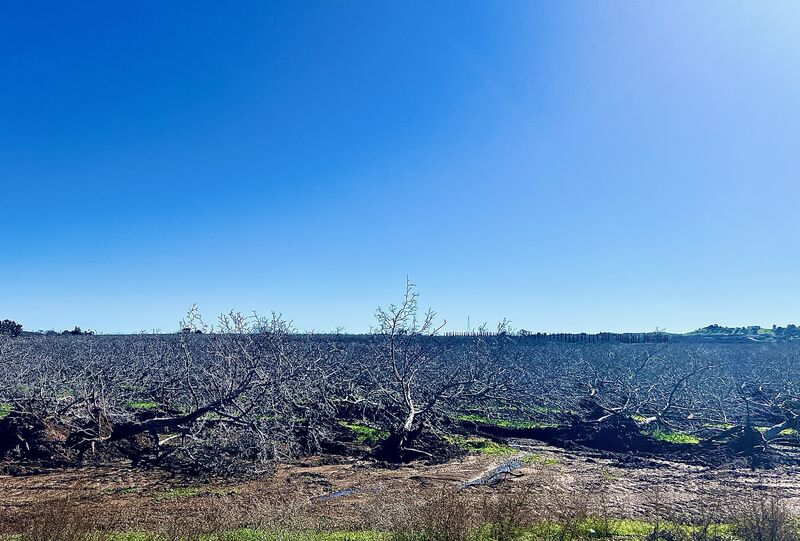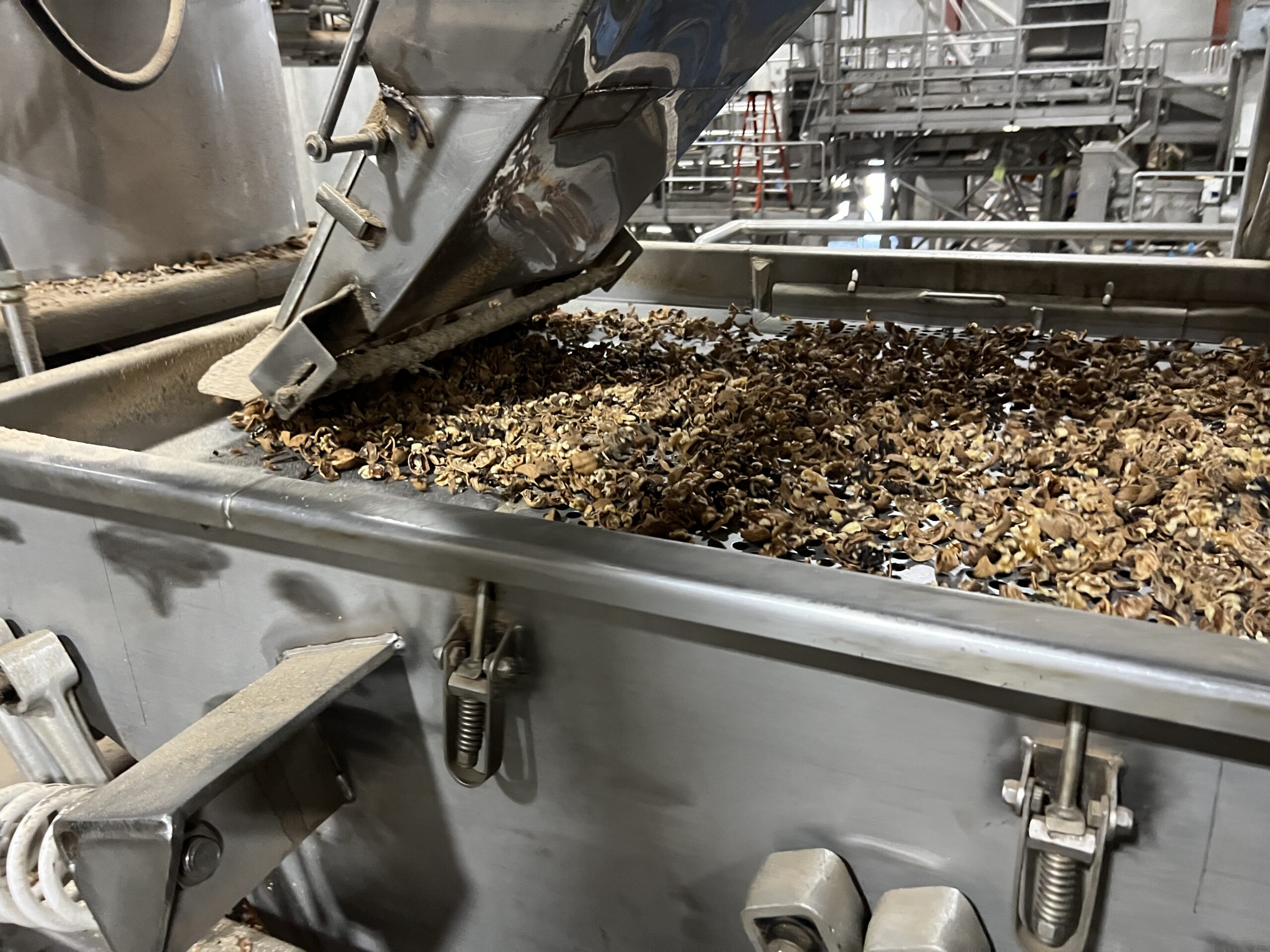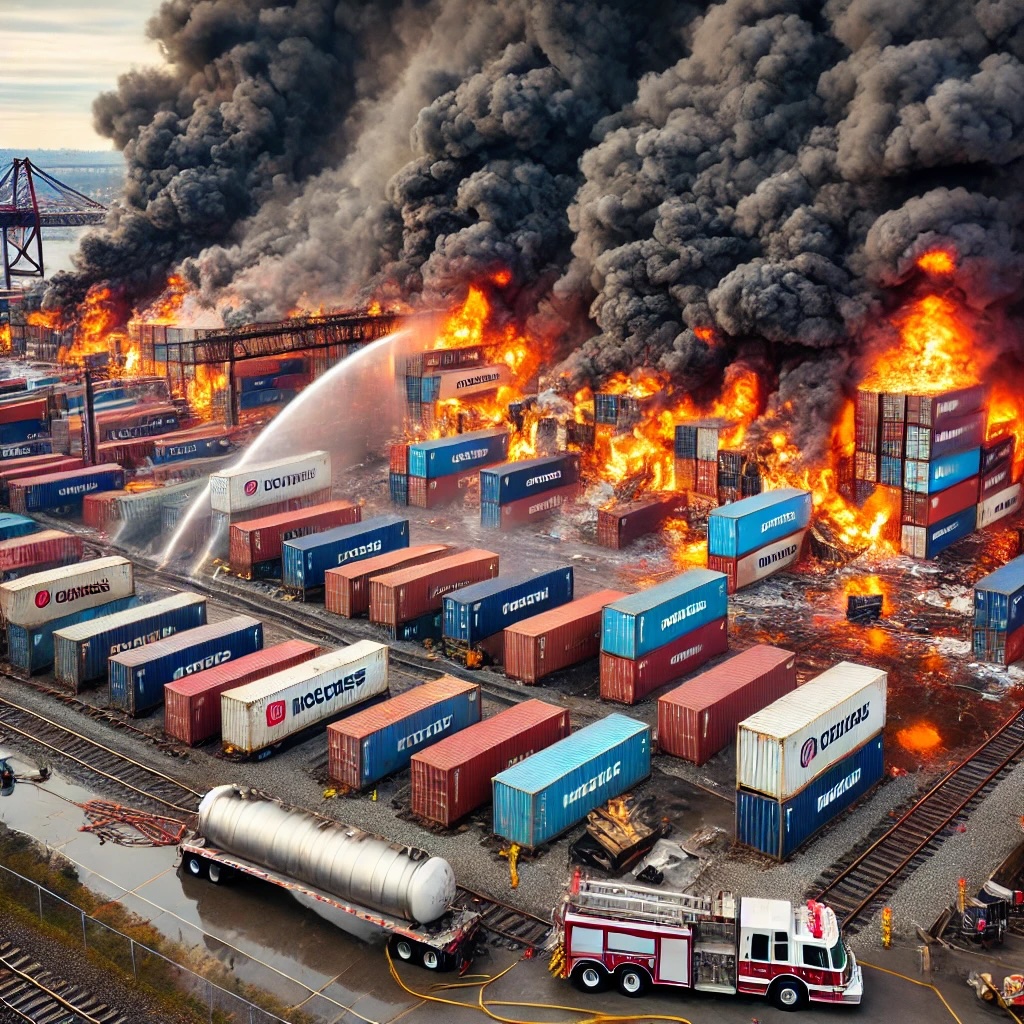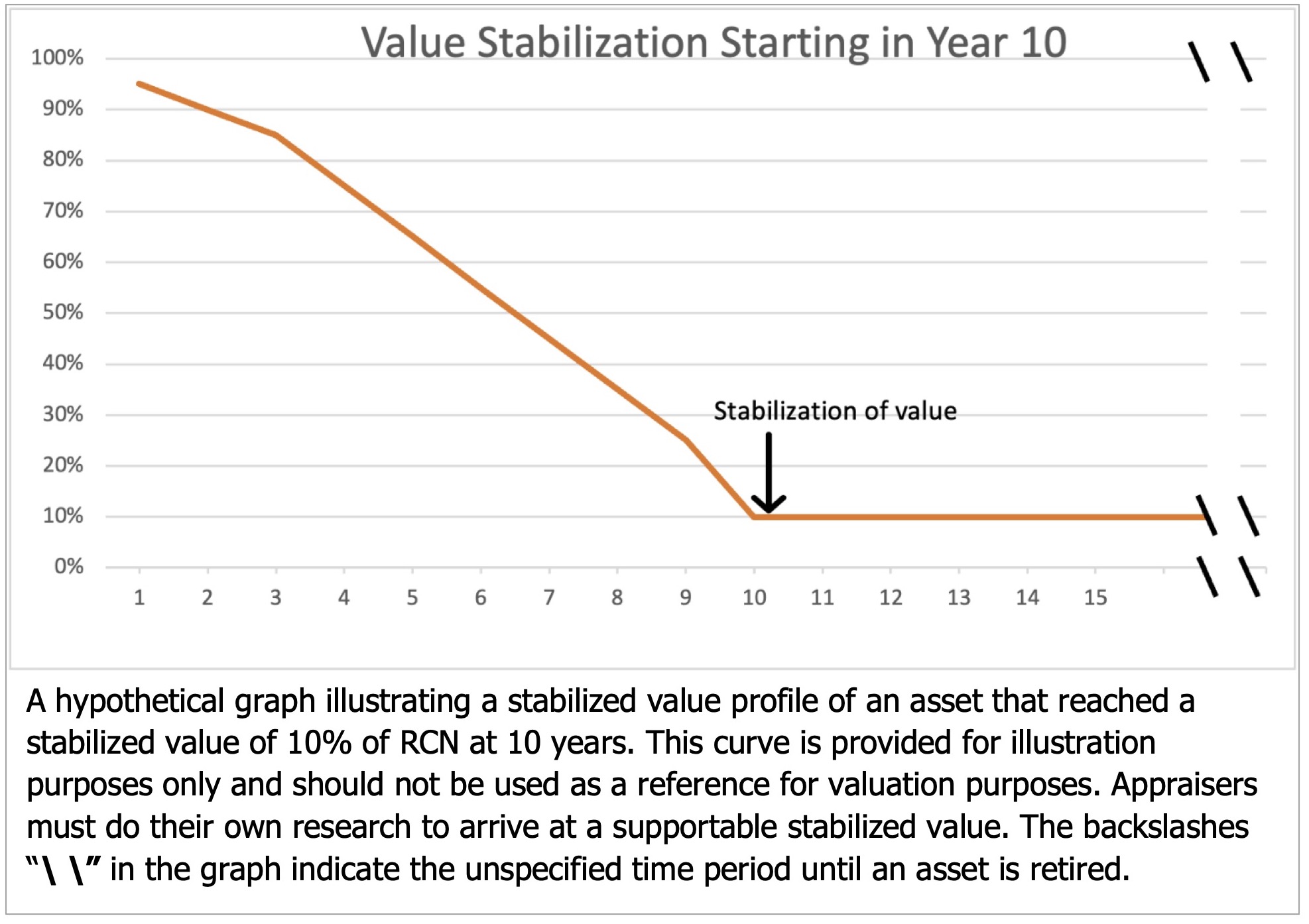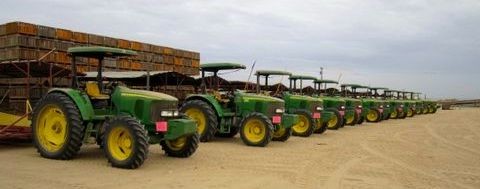 Taking useful photos is an important part of the equipment appraisal process. Taking interesting photos is a bonus. You’ve probably visited our flickr or Pinterest sites, where some of our photos are highlighted. We also use some photos to illustrate our blogs. A few weeks ago, we received a flattering email from a Canadian educational company interested in using one of our favorite restaurant equipment photos in their restaurant management course materials. Maybe that will be our entry into the Canadian equipment appraisal market …
Taking useful photos is an important part of the equipment appraisal process. Taking interesting photos is a bonus. You’ve probably visited our flickr or Pinterest sites, where some of our photos are highlighted. We also use some photos to illustrate our blogs. A few weeks ago, we received a flattering email from a Canadian educational company interested in using one of our favorite restaurant equipment photos in their restaurant management course materials. Maybe that will be our entry into the Canadian equipment appraisal market …
Photos we take during an inspection have many behind-the-scenes uses as well as being used publicly on the web. Photos of manufacturing plates, for instance, may never appear on flickr or Pinterest, but they can be useful in tracking down or clarifying information when we’re back in the office doing equipment value research. Digital photos labeled with date and time are helpful in keeping track of hours spent on the assignment and dates of inspections.
And of course, many of our photos show up in the final equipment appraisal report. These photos not only verify that we were actually on-site and inspected the equipment, but are especially useful in situations where the end-users of the report are not the owners of the equipment, such as in collateral loans or litigation cases.
For collateral loan equipment appraisal reports, it’s particularly helpful for the financial lender to have a photo of the equipment being valued in case they later need to verify that the equipment is still on the property or not. There may be similar needs in litigation cases — or the judge or attorneys on the case may simply feel more confident with values when they have a better understanding of what the equipment really is. In these situations, the old saying “A picture’s worth a thousand words” is especially apt.
In addition to taking numerous photos, we always take those pictures on the highest resolution possible so we can enlarge them in case we need to go back and look at any details. This practice resulted in an unexpected benefit in a recent litigation case I was working on. Retaining council enlarged many of my equipment inspection pictures to impress upon the jury the size & scale of the business operations. The photo illustrating this post is one of the photos that was enlarged to poster size and displayed to the members of the jury.
It’s digital photos that make working with equipment appraisal photos so simple. I’ve heard stories from long-time equipment appraisers of the glory of the Polaroid SX-70 instant camera in appraisal work. Imagine! No more waiting to have the film processed and then matching up the photos to the asset list! Putting photos into reports then meant something entirely different than it does now, with my drag-n-drop photo report grid that can be adjusted to accommodate different sizes of photos. Different sizes? Well, of course. You don’t imagine that in an equipment appraisal report of a grocery store, for instance, the photos of a deli scale and the refrigeration compression system would be the same size? Not with the magic of digital in our tool kit!
Jack Young, ASA, CPA
Equipment Appraisal Photographer
NorCal Valuation Inc.
